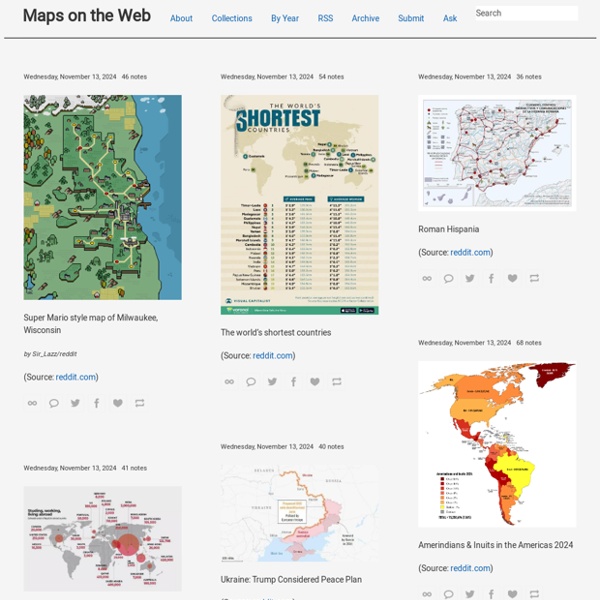



How Much Land the Federal Government Owns Will Surprise You The rough beauty of the American West seems as far as you can get from the polished corridors of power in Washington DC. Until you look at the title to the land. The federal government owns large tracts of the western states: from a low of 29.9% in Montana, already more than the national average, up to a whopping 84.5% in Nevada. This map, depicting the distribution and share of federal land per state, was first published on this blog way back in 2008. Nevertheless, it keeps accumulating comments and hits at a steady pace, and is still frequently shared around. Unlike hundreds of other random maps, this one has become a perennial. Let's start with the most obvious answer: the map is stunningly effective at bringing home its message. Few minds will stir when they learn that the US federal government owns a grand total of 640 million acres of land: that figure is so vast that it becomes meaningless [1]. The largest splotches of red are all in the 11 westernmost states of the Lower 48.
Endonym Map: World Map of Country Names in Their Local Languages glob Since I feel this is rather vague and non-helpful, I thought I'd make a post detailing the mechanics of the glob regex. glob uses two special symbols that act like sort of a blend between a meta-character and a quantifier. These two characters are the * and ? The ? If it helps, think of the * as the pcre equivalent of .* and ? Note: * and ? a.php // * matches nothing aa.php // * matches the second 'a' ab.php // * matches 'b' abc.php // * matches 'bc' b.php // * matches nothing, because the starting 'a' fails bc.php // * matches nothing, because the starting 'a' fails bcd.php // * matches nothing, because the starting 'a' fails It does not match just a.php and aa.php as a 'normal' regex would, because it matches 0 or more of any character, not the character/class/group before it. Executing glob("a?. glob's regex also supports character classes and negative character classes, using the syntax [] and [^]. With the same list above, executing glob("[ab].php") will return a.php and b.php <?
TheHistoryNet: From the World's Largest History Magazine Publisher Detailed Record © Mr Mark Austin IoE Number: 143493 Location: REDBRIDGE BRIDGE, REDBRIDGE CAUSEWAY TOTTON AND ELING, NEW FOREST, HAMPSHIRE Photographer: Mr Mark Austin Date Photographed: 22 February 2003 Date listed: 08 October 1959 Date of last amendment: 08 October 1959 Grade II* The Images of England website consists of images of listed buildings based on the statutory list as it was in 2001 and does not incorporate subsequent amendments to the list. TOTTON AND ELING REDBRIDGE CAUSEWAY SU 31 SE 5/7 Redbridge Bridge 8.10.59 II* Road bridge over the River Test (at the lowest crossing of tidal water).
The Geography of Empathy and Apathy Compassion is tricky. Solidarity is a minefield. Did you add the French tricolour to your Facebook profile picture? If not, are you a heartless bastard, or worse, an apologist for the terrorists who killed over 120 innocent civilians in Paris? And also: Why didn't you festoon your face with a Lebanese flag to show your sympathy for the dozens of victims of the twin suicide blasts in Beirut, just a day before the Paris attacks? As shown by this cartoon map, the crude offensiveness of which is shocking only in so far as it is true. The map details five concentric zones of compassion. The second circle of sympathy comprises most of Latin America (but not Venezuela, nor the Central American states), the part of Eastern Europe squeezed between Russia and the West, Egypt, South Africa, India, and South Korea. There's worse depths our empathy can sink to. Image found here on Cinismo Illustrado. Strange Maps #749
DMMapp - Digitized Medieval Manuscripts App What is the DMMapp? The DMMapp is an open source app that links to digital repositories containing digitized western medieval manuscripts from all over the world. Finding digitized repositories can be difficult, and we want to create a central hub that can help medievalists, codicologists, and enthusiasts to find the medieval manuscripts they are searching for. Who made the DMMapp? The DMMapp is a project by Giulio Menna, MA, and Marjolein de Vos, MA. I love the DMMapp! Contribute to the DMMapp If you are aware of a library that is not on our DMMapp, you can use the "Add a Missing Library" form to let us know. I would like to base a project on the DMMapp! Absolutely! Where can I contact you? There is a nice and tidy contact form for that.
Image Visual artifact that depicts or records perception An image is a visual representation. An image can be two-dimensional, such as a drawing, painting, or photograph, or three-dimensional, such as a carving or sculpture. Images may be displayed through other media, including a projection on a surface, activation of electronic signals, or digital displays; they can also be reproduced through mechanical means, such as photography, printmaking, or photocopying. Images can also be animated through digital or physical processes. In the context of signal processing, an image is a distributed amplitude of color(s).[1] In optics, the term "image" (or "optical image") refers specifically to the reproduction of an object formed by light waves coming from the object.[2] A volatile image exists or is perceived only for a short period. A mental image exists in an individual's mind as something one remembers or imagines. Two-dimensional images [edit] Three-dimensional images Cultural and other uses